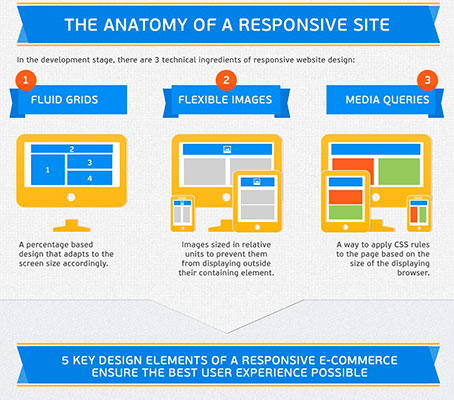Fascinated In Discovering How Web Site Design Has Evolved Throughout The Years? Explore The Trip From Straightforward Styles To User-Centered Methods
Fascinated In Discovering How Web Site Design Has Evolved Throughout The Years? Explore The Trip From Straightforward Styles To User-Centered Methods
Blog Article
Short Article Developed By-Johnsen Molina
In the past, sites were simple and concentrated on info. Navigating was straight, and style was for desktops. Currently, customer experience is vital. Information guides layouts for very easy navigation. Responsive formats suit different devices. Today, dark mode minimizes pressure, and minimal food selections enhance navigation. Interactive attributes involve customers, and vibrant visuals stand apart. AI integration increases engagement. See just how design has actually advanced to enhance your on the internet trip.
Early Days of Web Design
In the very early days of web design, simplicity reigned supreme. Internet sites were fundamental, with limited colors, font styles, and designs. The focus was on supplying details as opposed to flashy visuals. Customers accessed the web via slow-moving dial-up links, so rate and performance were key.
Navigating menus were straightforward, normally situated on top or side of the page. Websites were designed for home computer, as mobile browsing wasn't yet prevalent. Material was king, and developers prioritized very easy readability over intricate layout components.
HTML was the main coding language utilized, and designers had to function within its restrictions. Animations and interactive functions were minimal contrasted to today's criteria. Internet sites were static, with little vibrant web content or tailored individual experiences.
Surge of User-Focused Style
With the evolution of web site layout, a change towards user-focused style concepts has come to be progressively popular. Today, creating web sites that prioritize individual experience is critical for engaging visitors and attaining service goals. User-focused layout involves comprehending the demands, choices, and habits of your target market to tailor the web site's format, web content, and includes as necessary.
Developers now perform detailed study, such as user surveys and functionality screening, to gather insights and comments directly from customers. This data-driven strategy aids in developing user-friendly navigating, clear calls-to-action, and aesthetically enticing user interfaces that resonate with site visitors. By positioning the user at the center of the design procedure, sites can provide an extra tailored and satisfying experience.
Receptive design has additionally emerged as a key aspect of user-focused layout, ensuring that web sites are maximized for various gadgets and screen dimensions. This flexibility enhances availability and functionality, satisfying the varied ways customers connect with internet sites today. Fundamentally, the surge of user-focused layout represents a change towards creating electronic experiences that focus on the demands and expectations of the end user.
Modern Trends in Website Design
Discover the current fads shaping website design today. https://www.nextavenue.org/tips-for-midlife-freelancers-entrepreneurs-to-grow-their-businesses/ is dark setting layout, using a smooth and contemporary appearance while minimizing eye stress in low-light environments. One more key fad is minimalist navigating, simplifying menus and improving individual experience by focusing on essential elements. Including micro-interactions, such as animated buttons or scrolling impacts, can create a much more appealing and interactive web site. Responsive design remains important, making sure smooth individual experiences throughout different tools. Furthermore, making use of vibrant typography and asymmetrical layouts can add visual interest and accentuate specific content.
Integrating AI innovation, like chatbots for customer support or tailored recommendations, enhances user engagement and simplifies processes. Ease of access has additionally come to be a considerable fad, with developers focusing on inclusive style practices to satisfy diverse user requirements. Embracing sustainability by maximizing website efficiency for rate and performance is an additional arising pattern in website design. Teaming up with individual comments and data analytics to repeat and improve design constantly is necessary for remaining appropriate in the ever-evolving digital landscape. By welcoming these modern-day patterns, you can produce an aesthetically enticing, user-friendly internet site that reverberates with your audience.
Final thought
As you assess the advancement of site layout from the very early days to now, you can see exactly how user-focused style has ended up being the driving force behind modern fads.
Embrace the journey of modification and adaptation in web design, constantly keeping the user experience at the leading edge.
Stay present with the current trends and technologies, and never ever stop developing your strategy to produce visually sensational and easy to use internet sites.
Develop, adjust, and create - https://arthuridysm.yomoblog.com/32700124/the-advancement-of-internet-site-layout-from-earlier-times-to-now of web design remains in your hands.
